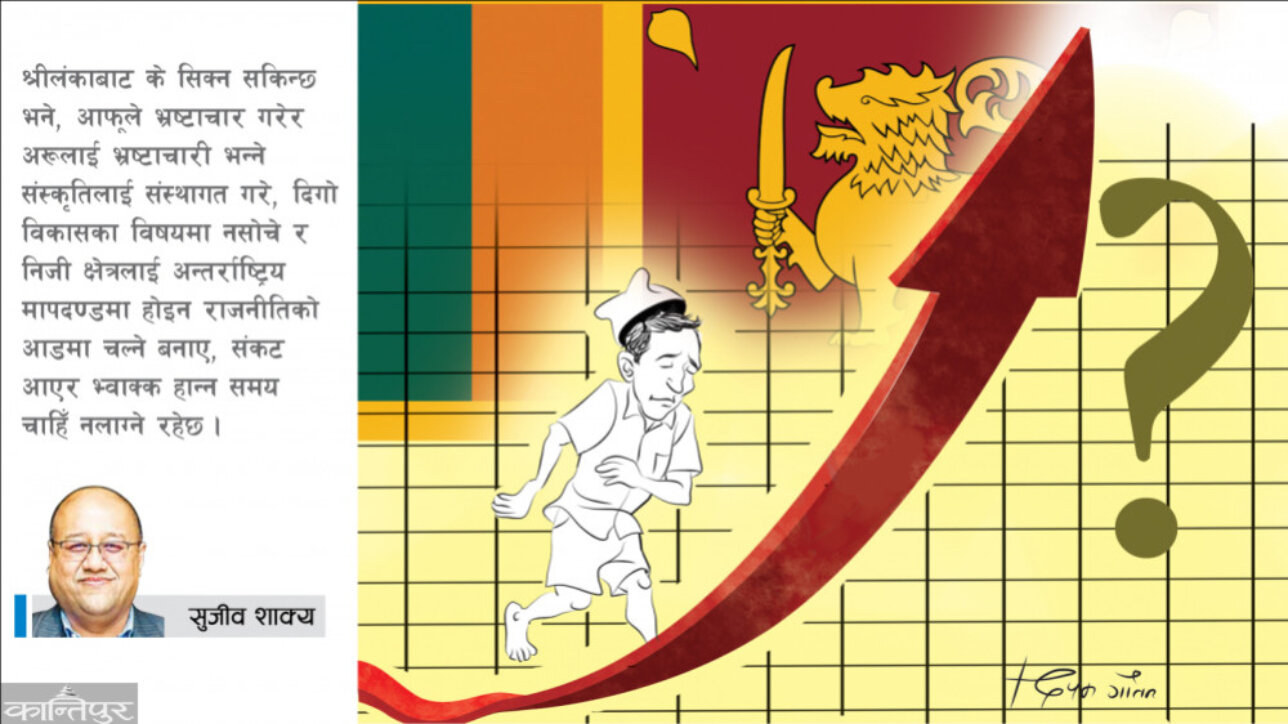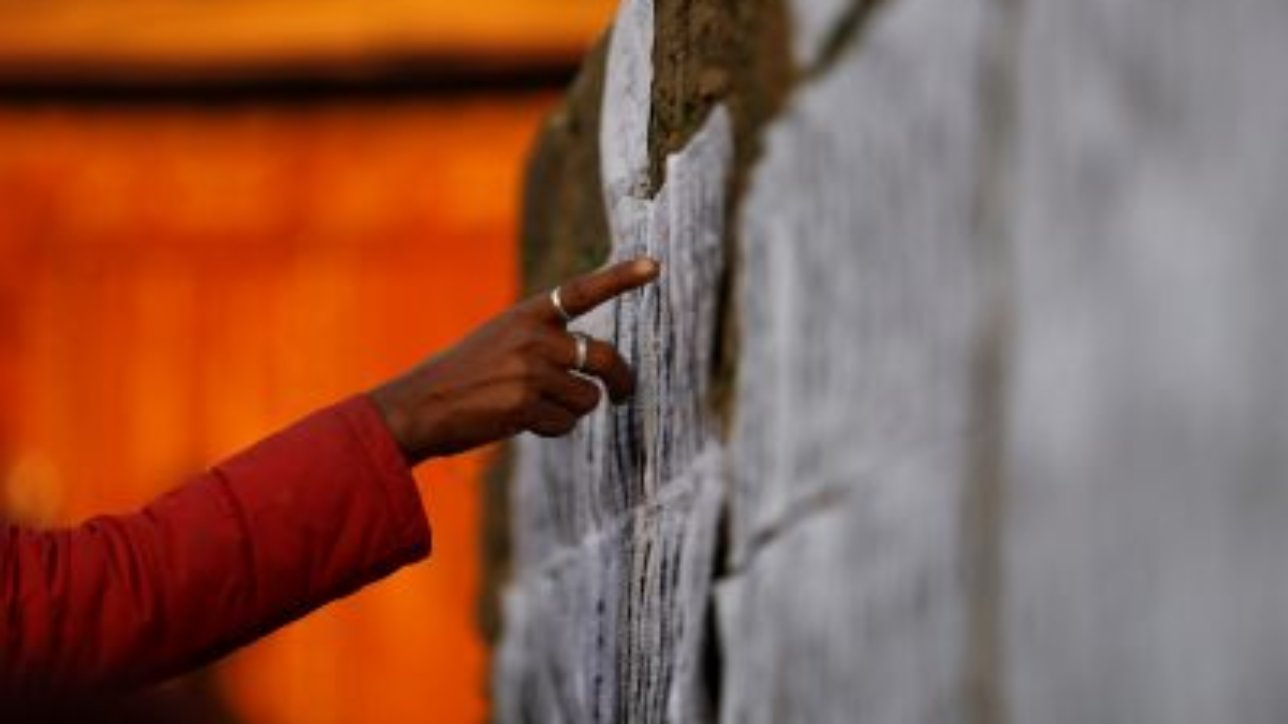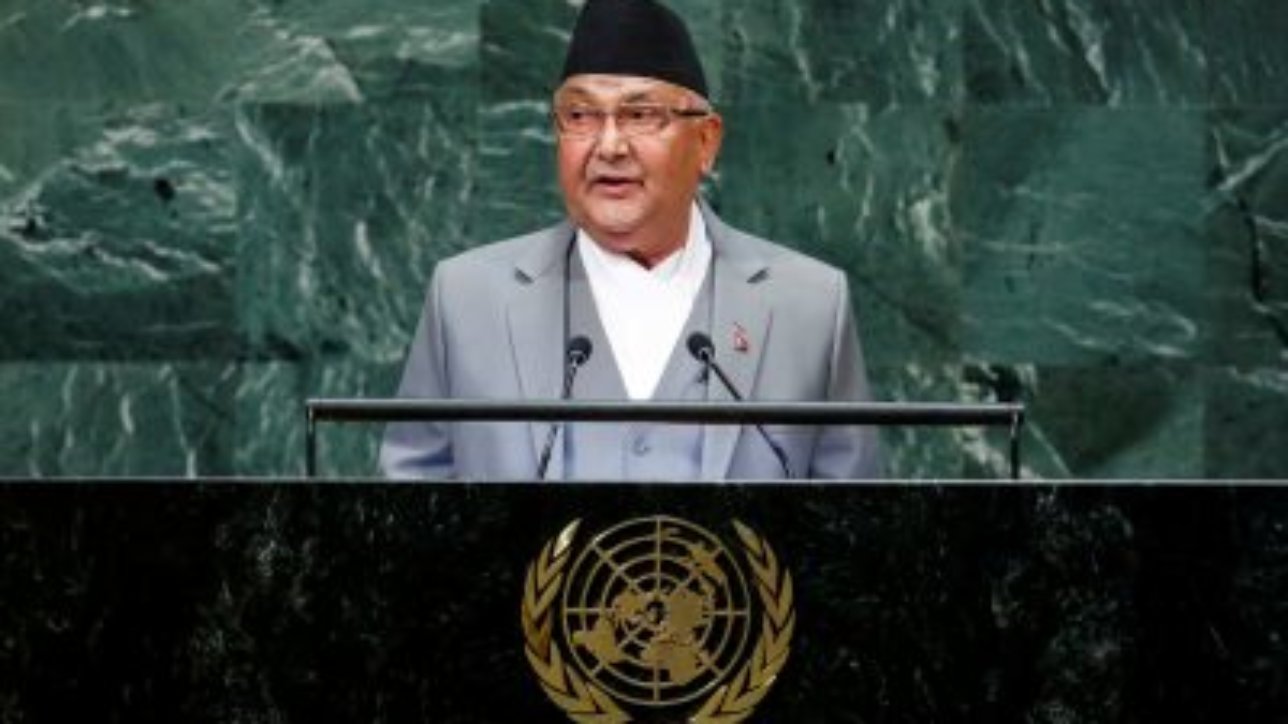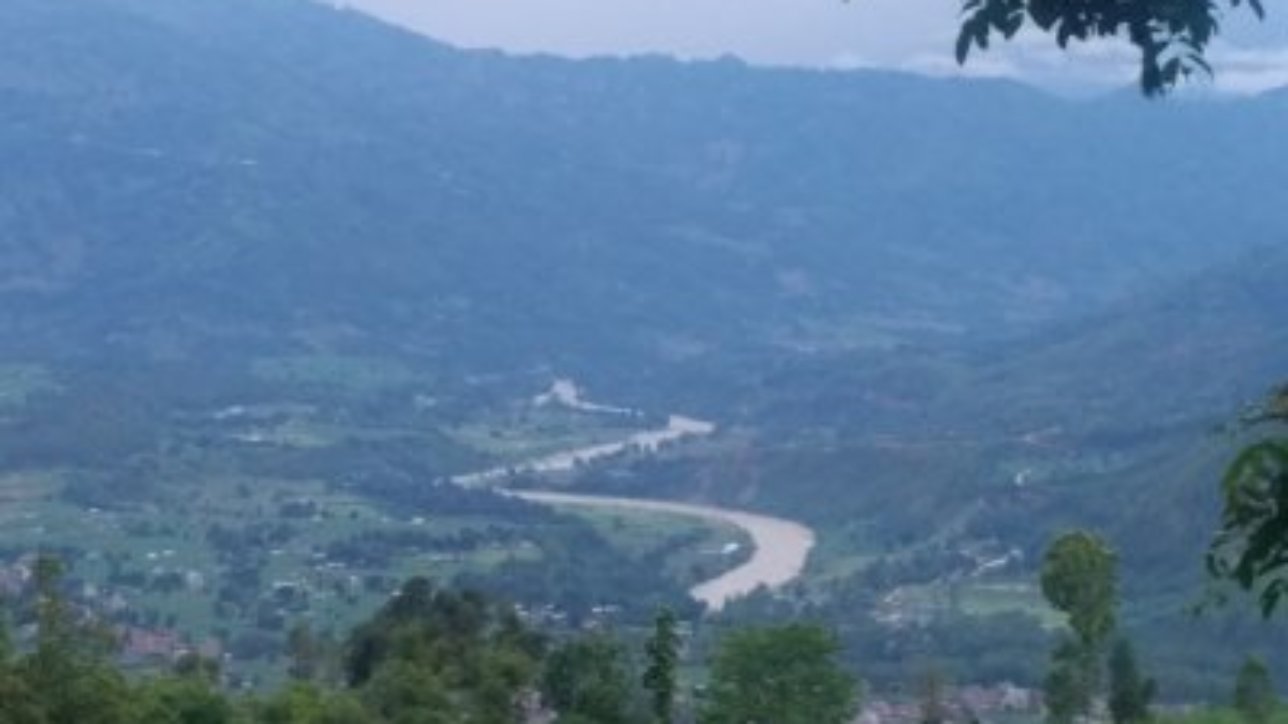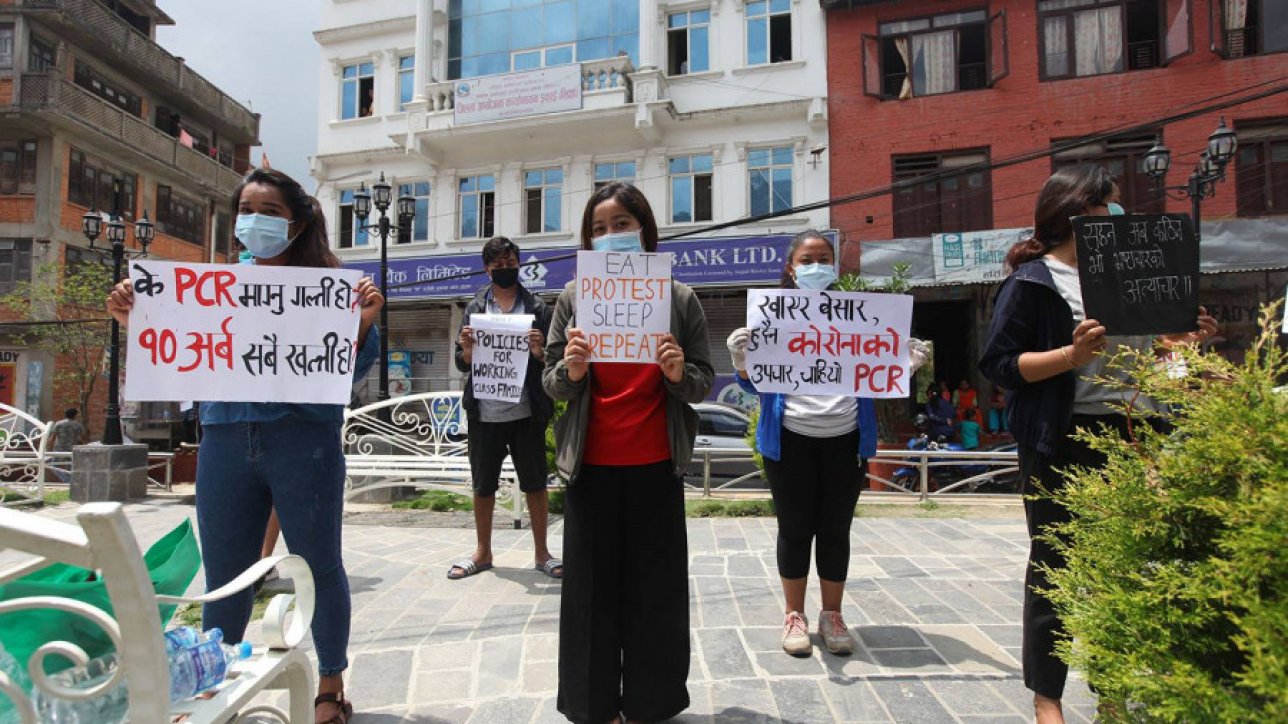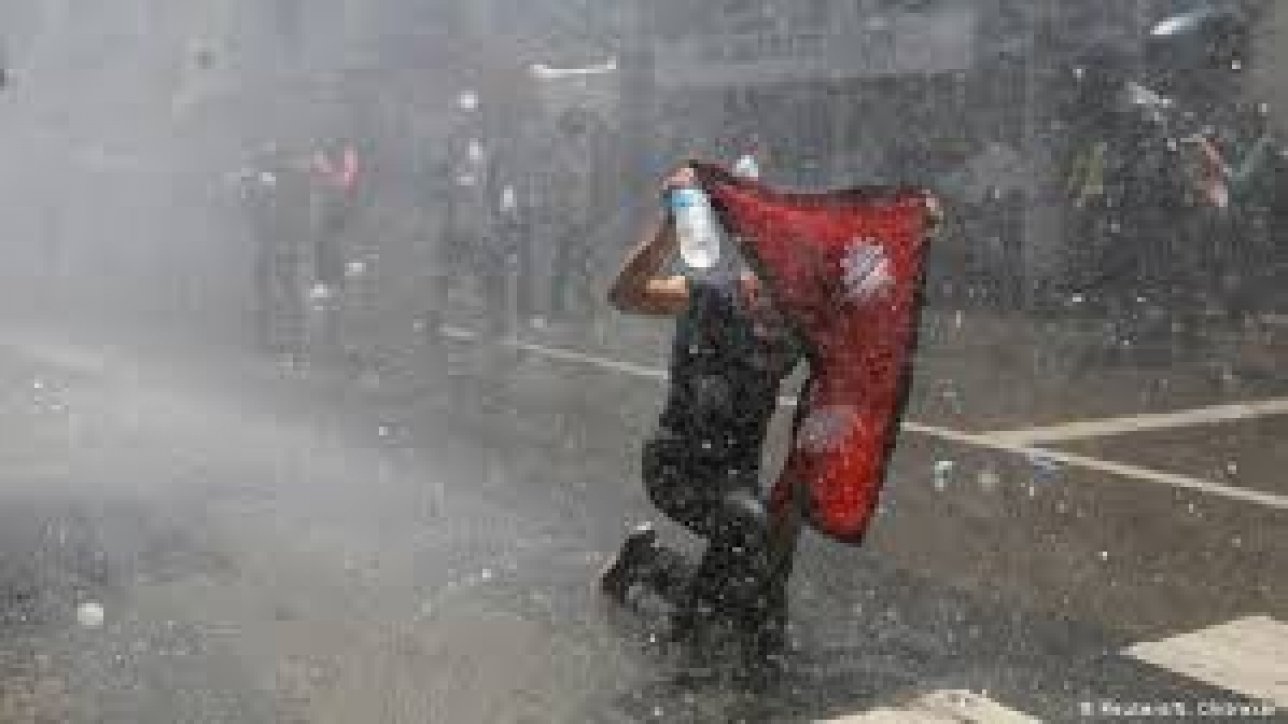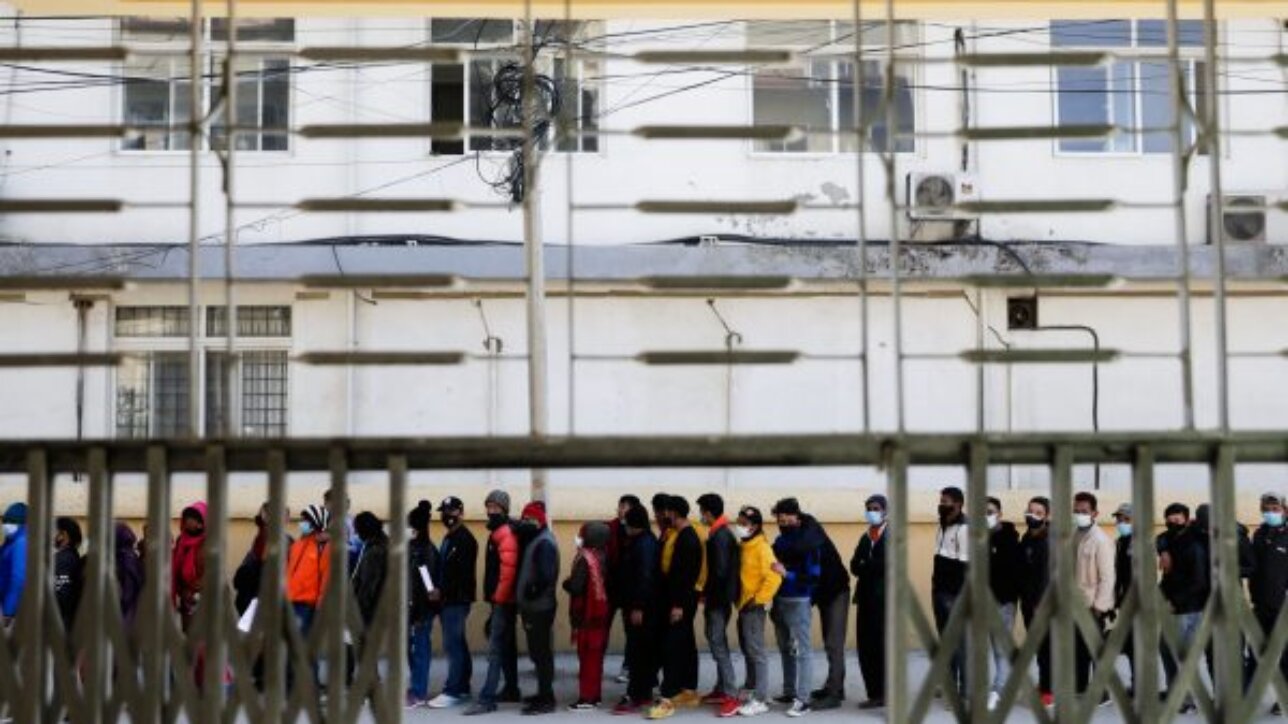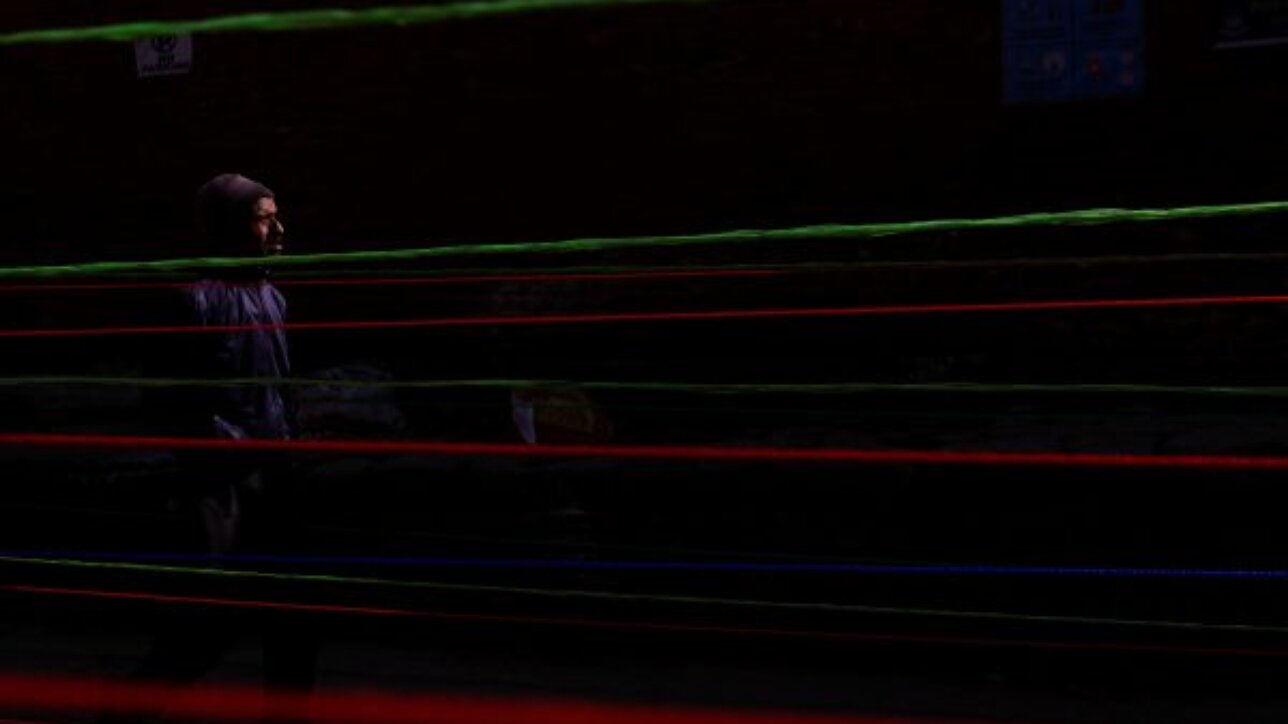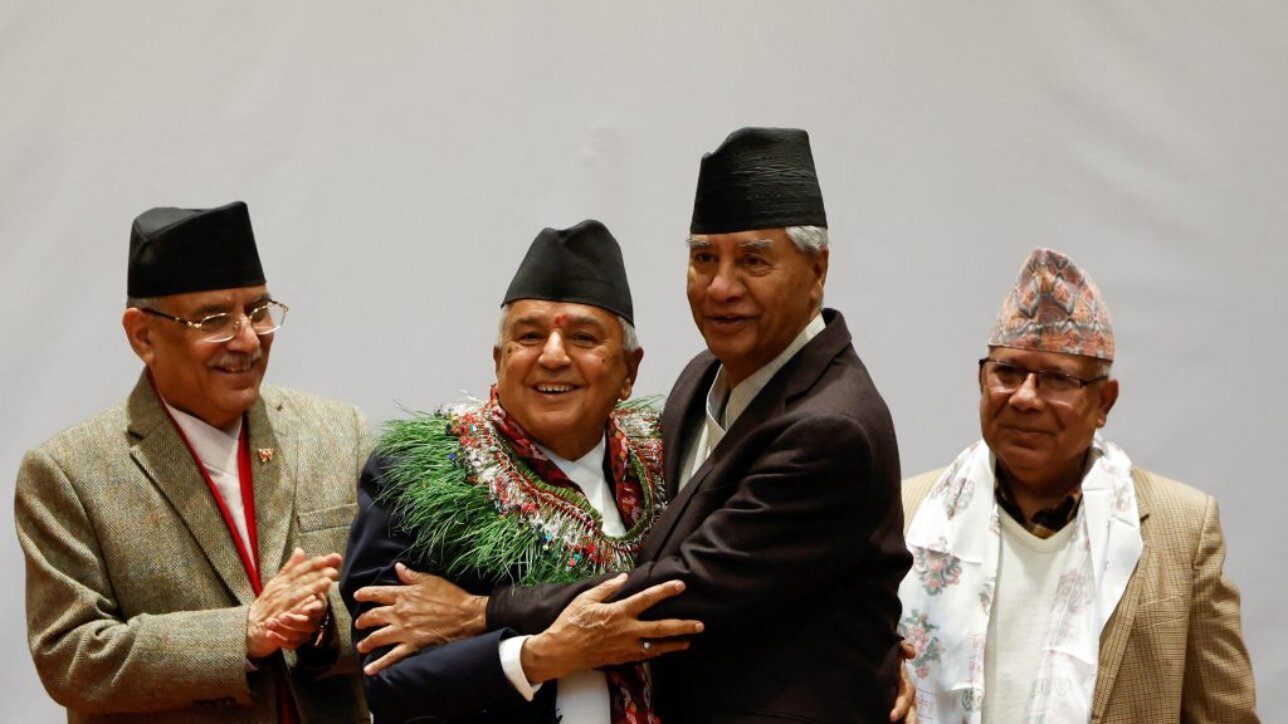-
19 May 2022
- 12 min read
Kantipur
-
18 Dec 2015
- 5 min read
East Asia Forum
-
19 Jun 2016
- 5 min read
East Asia Forum
-
28 Dec 2017
- 5 min read
East Asia Forum
-
12 Jun 2019
- 4 min read
East Asia Forum
-
14 Jul 2021
- 5 min read
East Asia Forum
-
14 Jul 2021
- 5 min read
East Asia Forum
-
14 Jul 2021
- 4 min read
East Asia Forum
-
28 Jan 2022
- 4 min read
East Asia Forum
-
7 Feb 2023
- 4 min read
East Asia Forum
-
2 Feb 2024
- 5 min read
East Asia Forum
-
1 Sep 2012
- 4 min read
Beed Insights

